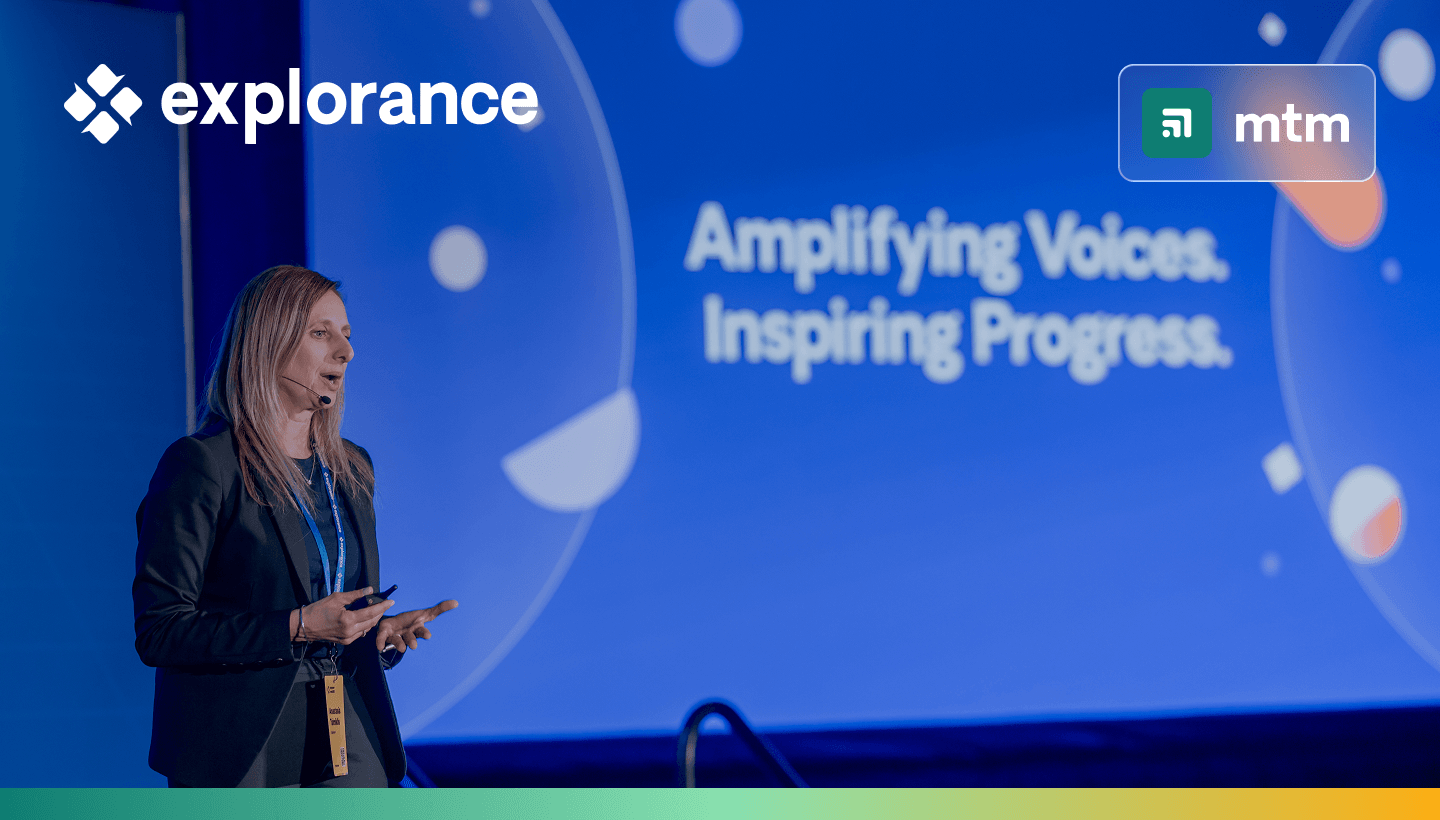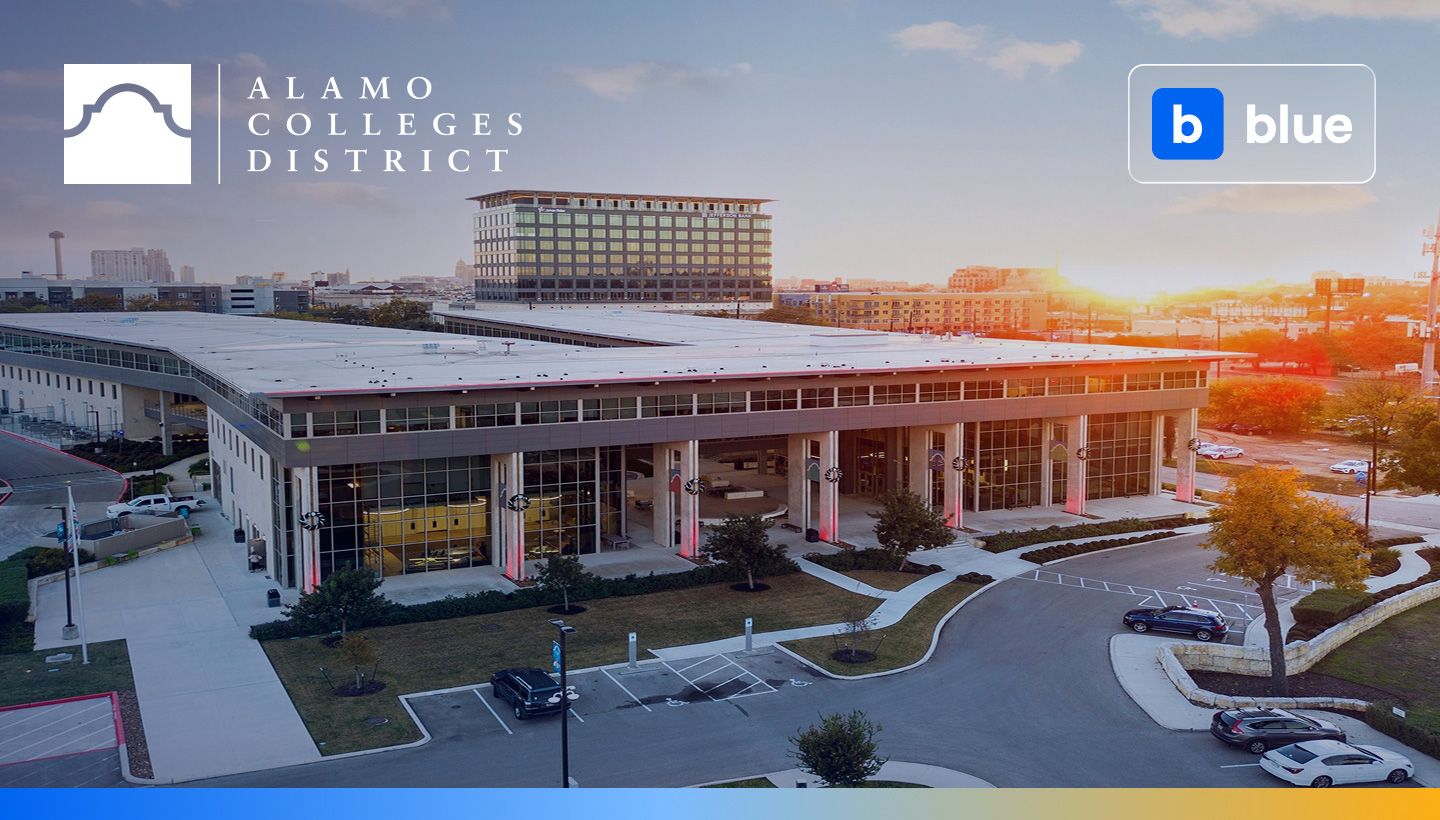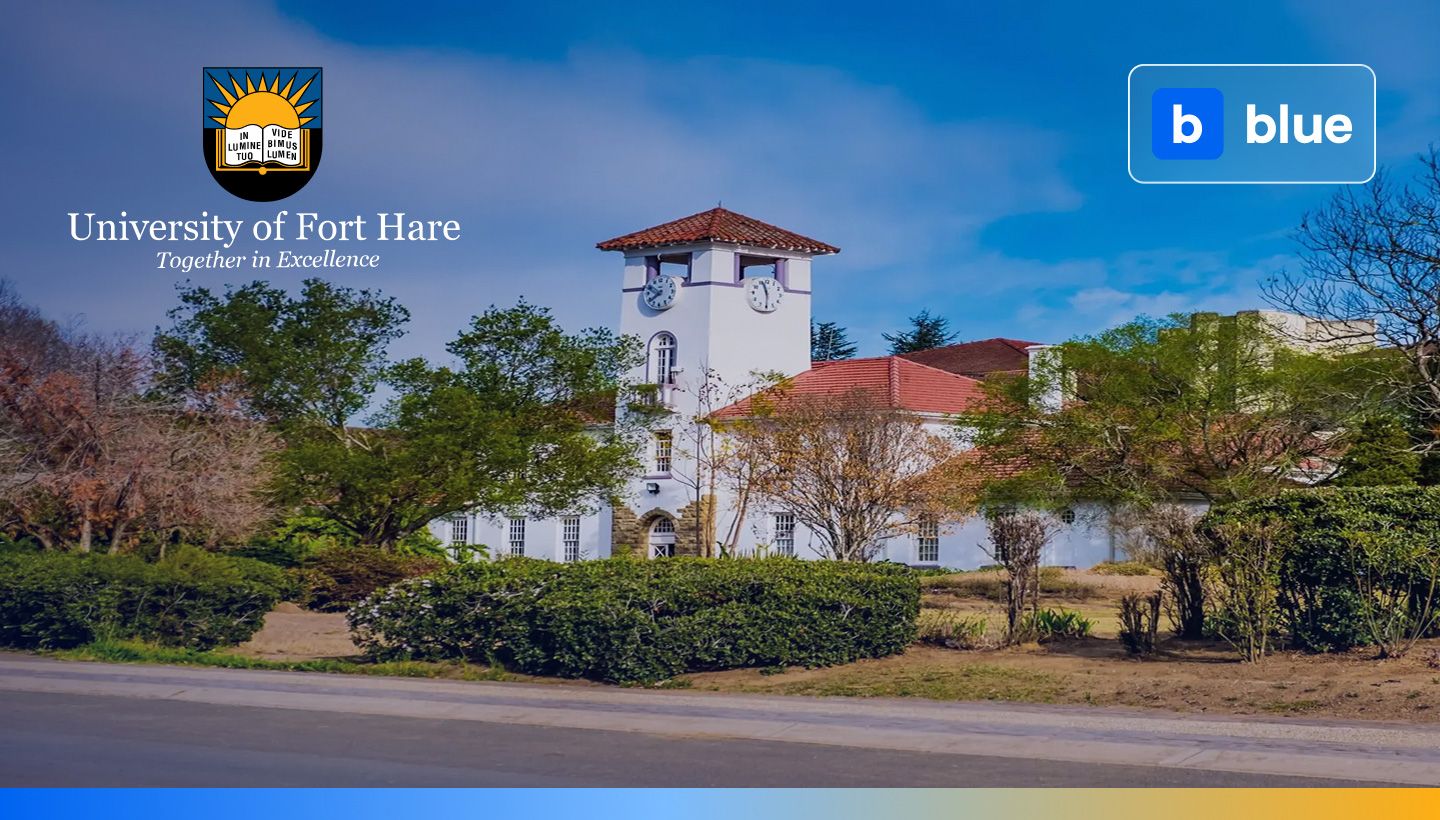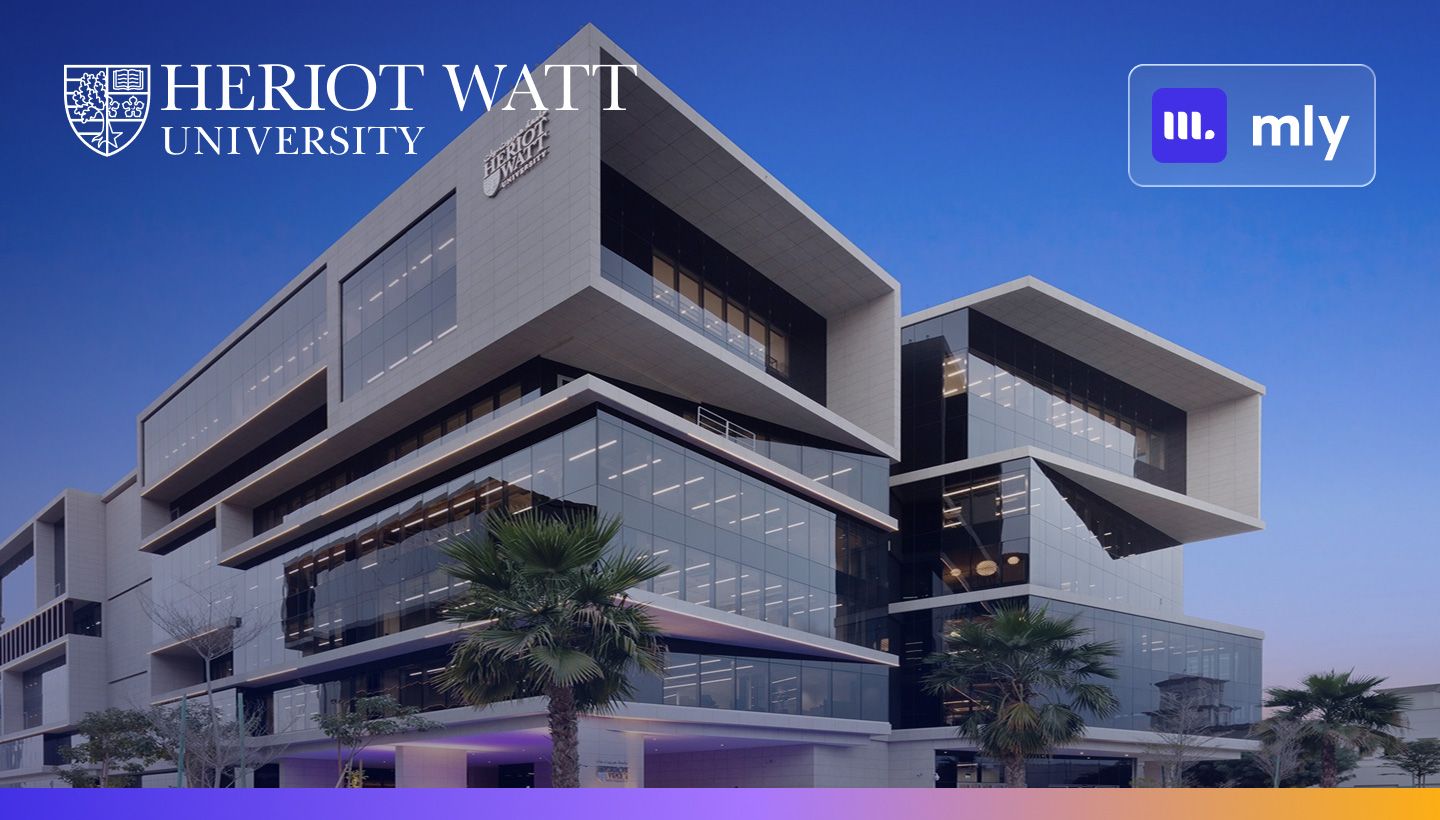Explorance World 2026: Register now!
Sign up by Feb. 27, 2026, to lock in Early Bird pricing.
Get Your Explorance World 2026 Ticket Explorance Blog
Keep up to date with the latest information, tips and tactics about feedback analytics and insights
Featured Articles

How to Bridge the Gap Between Learning Measurement in a Skills-Based World
Practical ways to connect skills, measurement, and business outcomes for effective L&D in a skills-based workplace.
11 min read

Shaping Explorance World into a World-Class Learning Event with Explorance Metrics That Matter
See how Explorance leveraged real-time feedback analytics to enhance session quality, boost attendee engagement, and drive measurable learning impact at Explorance World.
4 min read

Amplifying Voices, Inspiring Progress: Highlights from the Explorance Europe Summit 2025
Highlights, insights, and key takeaways from the Explorance Europe Summit 2025 on student success and feedback innovation.
6 min read
Latest Articles

Shaping Explorance World into a World-Class Learning Event with Explorance Metrics That Matter
See how Explorance leveraged real-time feedback analytics to enhance session quality, boost attendee engagement, and drive measurable learning impact at Explorance World.
4 min read

SourceAmerica: Amplifying the Voice of the Employee with AI-Powered Explorance MLY
Discover how SourceAmerica uses Explorance Blue and MLY to collect and analyze thousands of employee comments, strengthen engagement, and drive data-informed workforce initiatives.
3 min read

From Hours to Minutes: Alamo Colleges Automates 9,000+ Course Evaluations with Explorance Blue
Discover how Alamo Colleges automated 9,000+ course evaluations and cut manual work from hours to just 20 minutes.
3 min read

From Decentralized to Unified: How Boston University Built a Centralized Evaluation System with Explorance Blue
Discover how Boston University improves data consistency, reporting efficiency, and teaching insights with Explorance Blue.
3 min read

Tying Feedback to Profit: How Allegion’s Training Team Proved Its Business Value with Explorance Metrics That Matter
Allegion leverages Explorance Metrics That Matter to link training to sales results, reduce product issues, and deliver clear insights.
3 min read

University of Fort Hare: Transforming Student Feedback into Better Teaching and Learning Outcomes with Explorance Blue
See how University of Fort Hare improved feedback processes, reporting efficiency, and teaching outcomes by adopting Explorance Blue.
3 min read

Decoding Student and Staff Comments at Heriot-Watt University with Explorance MLY
Discover how Heriot-Watt University cut feedback analysis time by 98% using Explorance MLY.
5 min read

Newsletter
Stay connected with the latest updates and news from Explorance.
Copyright 2025 © Explorance Inc. All rights reserved.